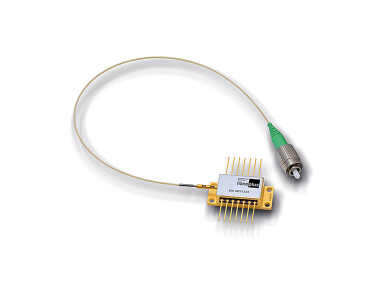Environmental Laboratory
Determination of Sulfide in Mining Leachates Using Ion Chromatography
Nov 14 2008
Normally sulfide is determined by acidifying the sample and collecting the H2S gas through a membrane in a buffer solution. The collected gas is then determined spectrophotometrically at 230 nm or after reaction with methylene blue at 600 nm. However, this offline method is very time-consuming and prone to interferences by other substances present.
Coupling a gas diffusion cell to an IC with Metrohm’s (Switzerland)
subsequent spectrophotometric detection is an online alternative yielding faster and more accurate results.
The H2S gas derived from acidification of the sample enters a gas diffusion cell where it selectively diffuses through the hydrophobic membrane into a non-UV-absorbing acceptor solution. There it is deprotonated to the IC-compatible hydrogen sulfide anion (HS–). Potentially interfering species cannot pass the membrane. Due to the selectivity of the gas diffusion cell and the direct ultraviolet absorption of the hydrogen sulfide anion at 230 to 250 mm (no post-column reagent is necessary), the overall analysis time is less than eight minutes.
Digital Edition
AET 28.4 Oct/Nov 2024
November 2024
Gas Detection - Go from lagging to leading: why investment in gas detection makes sense Air Monitoring - Swirl and vortex meters will aid green hydrogen production - Beyond the Stack: Emi...
View all digital editions
Events
Nov 26 2024 Paris, France
Nov 27 2024 Istanbul, Turkey
H2O Accadueo International Water Exhibition
Nov 27 2024 Bari, Italy
Biogas Convention & Trade Fair 2024
Nov 27 2024 Hanover, Germany
Dec 02 2024 London, UK












.jpg)






